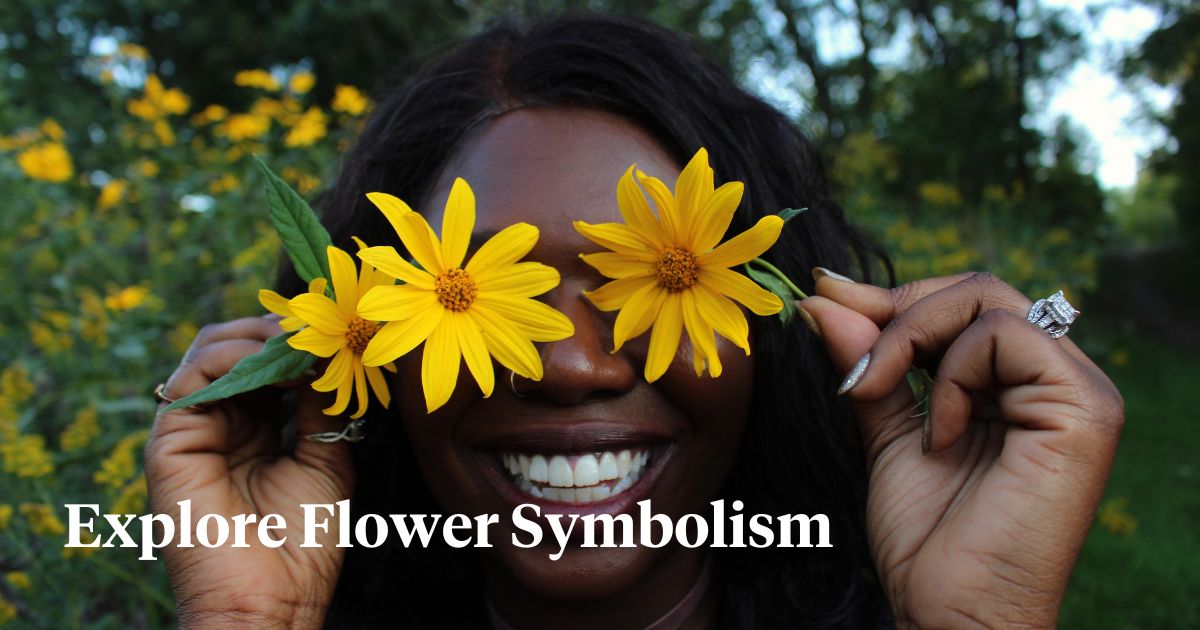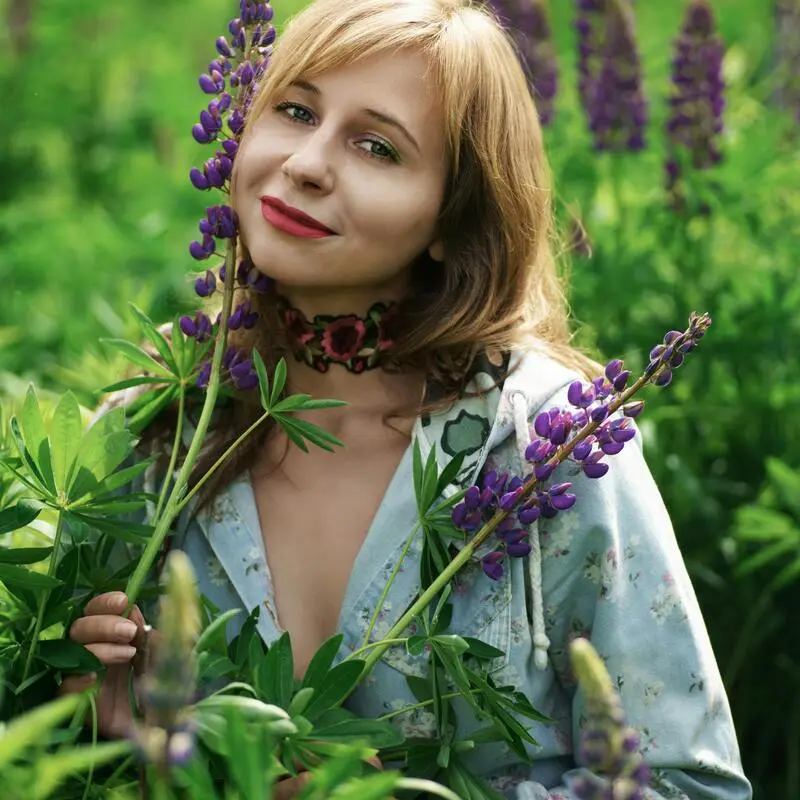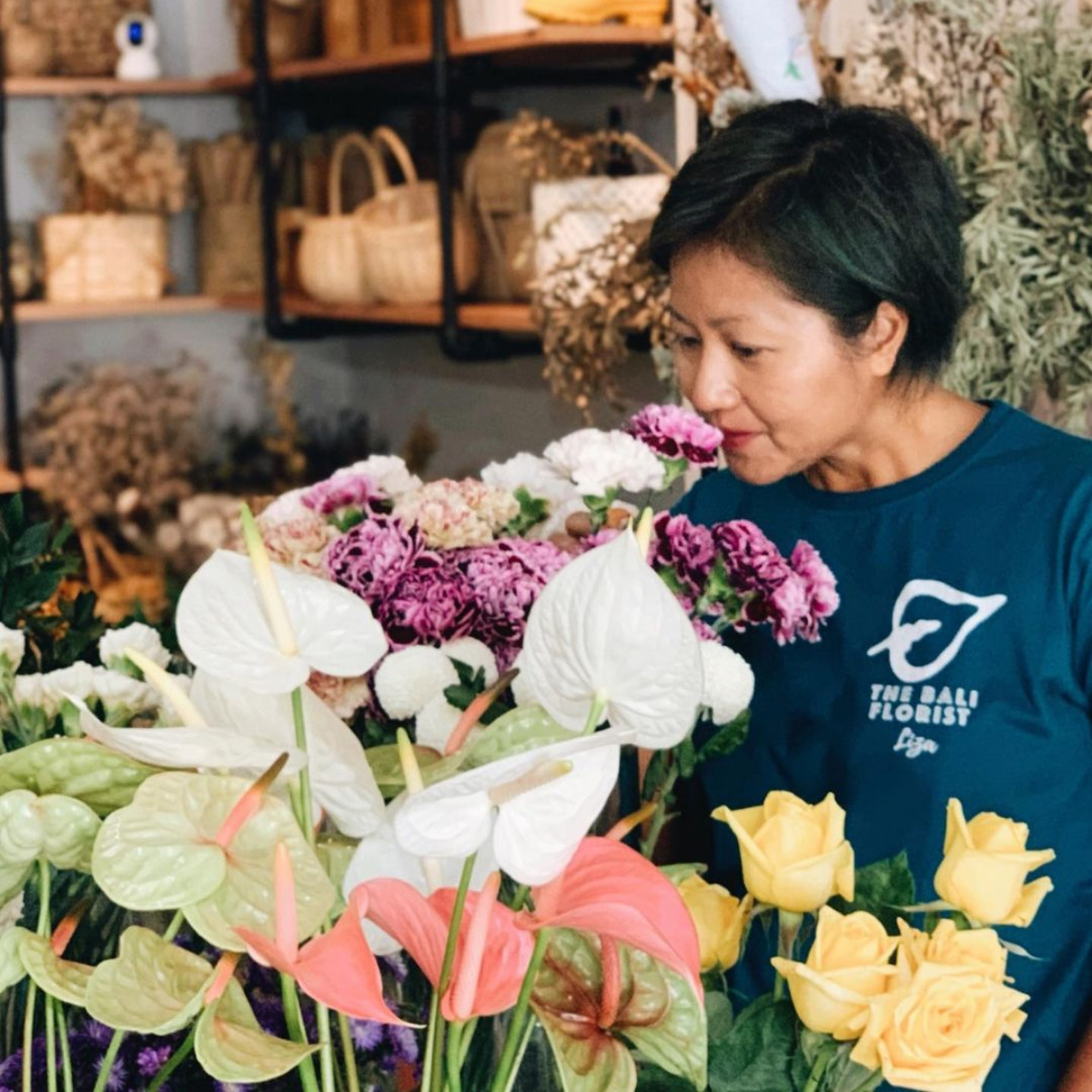Flowers have captured humans’ hearts and imaginations for millennia. They serve as the poets of the natural world, each petal, color, and fragrance telling its own evocative story. No wonder flowers are deeply ingrained in cultures across the globe and bear important symbolic meanings.
Flowers are also significant when they come to people in dreams. That’s why if you’ve recently had a dream that featured a particular flower (especially if it happened repeatedly), it warrants psychic readings online, expressly, a dream analysis reading. A professional psychic can help you analyze what the flower stands for in your dream and what your subconscious is trying to tell you.
But let’s explore flower symbolism in different cultures first.
Western Cultures
The number one popular flower in Western cultures is the rose; it’s the one you’ll most often see in wedding ceremonies and Valentine’s Day. There’s a reason for that—somewhere over the past century, the red rose has become almost synonymous with romantic love. This explains why it’s the flower most people choose to express their feelings for their partner.
However, other non-red roses also have a special place in flower symbolism in Western cultures. For example, the white rose symbolizes purity, hence its popularity for weddings. Similar to the traditional color of the bridal gown, the white rose is supposed to represent purity. Such a meaning is somewhat outdated and patriarchal, but it explains the abundance of the color white in wedding ceremonies.
The lavender rose, which is very rare, stands for enchantment or love at first sight. In turn, the yellow rose represents friendship; when your friends invite you over for dinner, it’s a good choice of flowers to bring as a gift to the host. In some cultures, yellow roses are believed to bring bad luck and, more specifically, separation, but such a negative meaning is less universal.
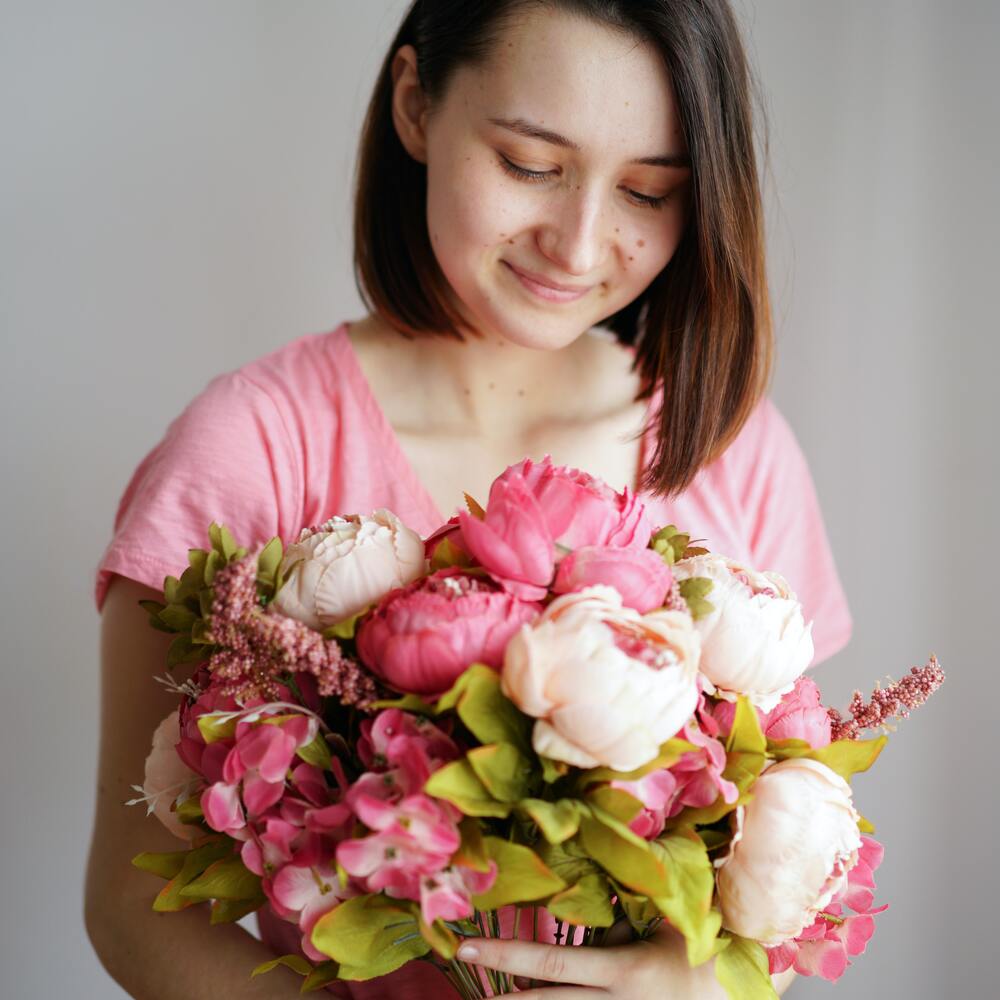
Asia
In Japan, cherry blossoms, also known as sakura, are incredibly popular and have deep cultural significance. Beyond their undeniable beauty, they represent the ephemeral nature of life. Sakura is a poetic metaphor for life’s fleeting moments, so much so that its blooming is a much-celebrated event each spring in Japan.
The lotus flower has broad cultural and religious significance across multiple Asian philosophies, notably Buddhism and Hinduism. Symbolizing purity and enlightenment, the lotus represents the idea of rising above worldly troubles to achieve a sense of spiritual clarity. The lotus often appears in religious artwork and ceremonies, emphasizing its essential role in these philosophies.
Chrysanthemums are another significant flower in Eastern cultures, particularly in China. According to the best psychics, these flowers represent longevity and prosperity. Chrysanthemums are so revered that an entire festival is dedicated to them in China. It includes such traditional ceremonies as chrysanthemum tea tastings and the display of art featuring chrysanthemums.

Hispanic and Latin Cultures
Marigolds have a unique significance in Hispanic and Latin cultures during the Day of the Dead, or Día de los Muertos. These orange-yellow flowers are said to guide the spirits of the dead back to the realm of the living. The marigold serves a functional and symbolic role during the festivities and is often used to decorate altars and gravesites.
With its bright magenta blossoms and thorns, Bougainvillea is another flower with specific meanings in Hispanic and Latin cultures. It is often associated with passion and hospitality. You will frequently find these colorful flowers adorning walls, fences, and entryways, turning everyday spaces into vibrant settings that evoke warmth and connection.
Paradoxically, bougainvillea is also used to protect one’s yard because of its spiky thorns. It is placed strategically on fences as a much prettier and less obviously hostile alternative to barbed wire. While this contradicts bougainvillea being the symbol of hospitality, such an ambivalent meaning is pretty ordinary in flower symbolism in general.
Middle Eastern Cultures
One of the most culturally significant flowers in Middle Eastern cultures is jasmine. Because of its alluring aroma coupled with the seemingly modest, understated blossoms, jasmine represents love and sensuality. It is frequently used in perfumes and essential oils and is believed to attract romantic love to the person who wears the fragrance.
While not a flower, the olive branch is another culturally important symbol in the Middle East. As you’re probably well aware, it stands for peace and reconciliation, hence the idiom to extend an olive branch, meaning to do something to initiate the end of the conflict. The olive branch has a sacred status in Middle Eastern cultures and is a popular symbol in art and literature.
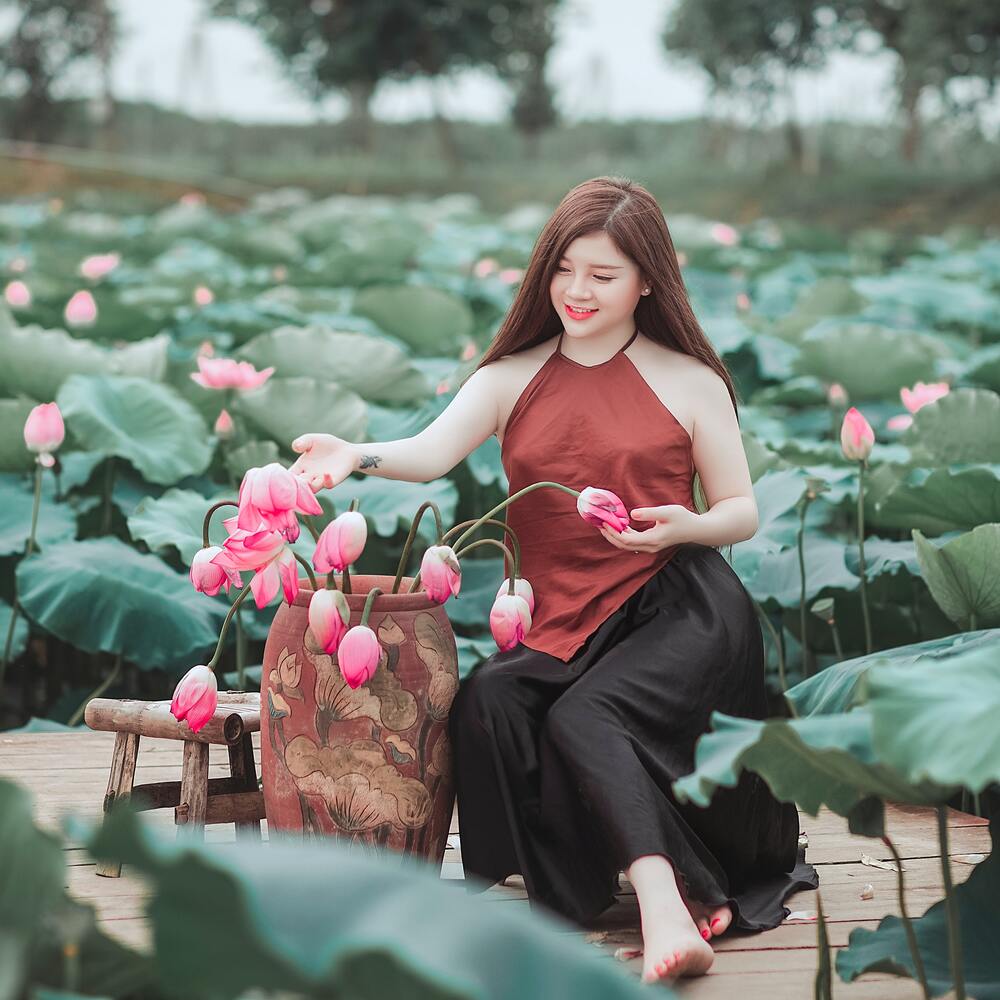
Native American Cultures
In Native American cultures, sunflowers are one of the most culturally significant flowers. They symbolize adoration and loyalty. These blooms quite literally turn their “faces” toward the sun, demonstrating a unique form of plant behavior that seems almost sentient. This explains their meaning: sunflowers follow the object of their loyalty like people do.
Historically, sunflowers also had practical applications, providing seeds that were used for sustenance and oil for cooking. This is still the case in a lot of countries nowadays. However, for the most part, sunflowers have lost their symbolic meaning outside of Native American cultures.
Sage, although not a traditional flower, is used extensively in Native American cultures for purification ceremonies and to bring wisdom. Its small lavender flowers are considered significant and are often included in various rituals and practices.
African Cultures
Finally, African cultures have some of the most exciting and unique symbolic flowers because of the floral diversity of the continent. For example, the protea flower, native to South Africa, symbolizes courage. Known for its unique appearance and resilience, the protea thrives in challenging environments. This makes it a fitting representation of strength and adaptability, so much so that it’s the official national flower of South Africa.
Similarly, African violets, native to Tanzania and Kenya, have come to symbolize love and motherhood in various African cultures. Despite their modest size, these houseplants carry a powerful message that transcends their native regions to convey universally understood sentiments of nurturing and love.
